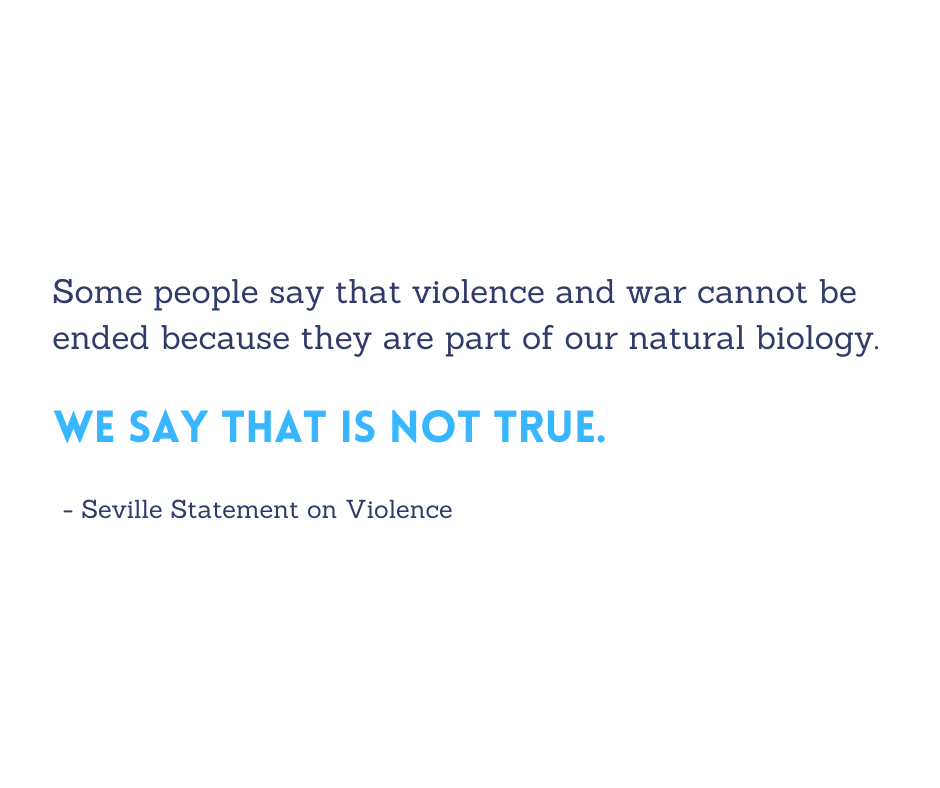It is an exciting time to be alive! A time in which scientific evidence and research is validating what wisdom traditions have been telling us for thousands of years: that everything is connected and there is a lot more to life than the seemingly solid, material world that meets the eye; there is a lot more to the human being than this body of ours.
The science that prevailed in the West from the industrial revolution to early modern times, until, say, the incredible discoveries of quantum theory at the beginning of the last century — now sometimes called “classical science” — was not friendly to the idea of a Gandhian nonviolence, aka “soul force” that can “move the heart” of the opponent.
Along with the materialistic, mechanistic worldview of classical science went a competitive view of evolution (wrongly attributed to Darwin) that was human life. This resulted, for example, in a cheap doctrine called “innate aggression” that viewers of modern television took for granted — until it was debunked by the Declaration of Seville (at least for those who read the latter. Also known as the Seville Statement on Violence, the declaration was developed in a meeting of international scientists convened by UNESCO in 1986. These scientists discussed the myths associated with innate aggression in humans, concluding that it was “scientifically incorrect” to say that there is a hereditary, genetic, or evolutionary basis for war, violence, and aggression in humans).
A commonly posed objection to nonviolence was, and unfortunately still is in many quarters, “Aren’t humans naturally violent?” If this were true, it would seem that there would be little point in trying to work for peace and harmony. But along with the seismic shift to an understanding that the universe is “more like an idea than a thing” came several realizations that scientists can now demonstrate with the rigor for which they are justly famous:
Yes, violence is found in nature, but so is nonviolence (in the forms of conflict de-escalation, peacemaking, etc.). Biologists find cooperation throughout nature, and animal behavior is now found to include peacemaking: if it did not, we would have perished after the first fight broke out! The latter is vastly more prevalent than anyone guessed, has played if anything a much more important role in evolution than its opposite (more cooperation than competition) and, above all, seems to have been steadily increasing.
Higher animals are endowed with “mirror neurons” that exactly reflect the moods, actions, and intentions of others.
We are body, mind, and spirit. As spirit, we are deeply interconnected. We are, to borrow from Martin Luther King Jr., “caught in an inescapable network of mutuality, tied in a single garment of destiny. Whatever affects one directly affects all indirectly.”
Compassion, empathy, and like states give us a sense of meaning that is as vital to our existence as the necessities of food, clothing, and shelter.

